The Hue Monuments Conservation Center is currently developing a Plan for Conservation and Promotion of the Value of the Hue Monuments Complex to 2030, with a vision to 2045, to fully identify the values of tangible and intangible heritages, thereby helping to orient and create a legal basis for exploiting and promoting cultural heritage resources, becoming the "nucleus" of the heritage city of Thua Thien-Hue in the future.
The Nguyen Dynasty (1802-1945) was the last feudal dynasty of Vietnam, leaving behind for posterity the majestic Hue Imperial City with a dense density of tangible and intangible cultural heritage of outstanding global value.
However, for the ancient capital of Hue to become an attractive destination on Vietnam's tourist map as it is today is a difficult and thorny journey.
Heritage revival milestone
According to researchers, among the ancient capitals of Vietnam, Hue is the only ancient capital that still preserves quite intact the overall architectural art of the royal court with a system of citadels, palaces, temples, mausoleums...
Through wars and harsh climate conditions in the Central region, the Hue Monuments Complex was severely damaged.
The Hue Monuments Conservation Center is still preserving many documentary photos of relic sites from decades ago, showing serious degradation and desolation, with many areas becoming ruins.
“
After the war, many unique architectural works in the Forbidden City area were destroyed by bombs. Only 62 structures remained in the Imperial Citadel area compared to the original 130 or so.
After the war, many unique architectural works in the Forbidden City area were destroyed by bombs. Only 62 structures remained in the Imperial Citadel area compared to the original 130 or so.
The Citadel area has only 97 structures left but they are also in a state of severe damage.
In addition, every year, the ancient capital of Hue is often negatively affected by floods. The floods of 1953, the storm of 1985, the historic flood of 1999... have destroyed relics with a history of hundreds of years.
Director of the Hue Monuments Conservation Center Hoang Viet Trung shared that along with the severe consequences of war, historical upheavals and the difficult circumstances of the country in the early stages of liberation, backwardness in conservation science and limited investment resources, the work of managing, preserving and promoting the value of Hue's cultural heritage faced many difficulties and challenges.
In 1981, after a visit to Hue, Mr. Amadou Mahtar M'Bow, Director General of UNESCO at that time, issued an appeal to save Hue Cultural Heritage.
Mr. Amadou Mahtar M'Bow emphasized that Hue heritage is in a state of danger, standing on the brink of extinction and oblivion. Only urgent rescue with the efforts of the Vietnamese Government and the international community can help Hue Ancient Capital escape from this situation.
According to Mr. Hoang Viet Trung, after the above call, an international campaign to support the ancient capital of Hue was strongly deployed. The typical and outstanding values of the Nguyen Dynasty's heritages were recognized and evaluated in accordance with their inherent stature. Since then, the awareness of the heritages of this dynasty has gradually changed in a positive direction.
In mid-1982, the Hue Historical and Cultural Relics Management Company was established; later renamed the Hue Monuments Conservation Center.
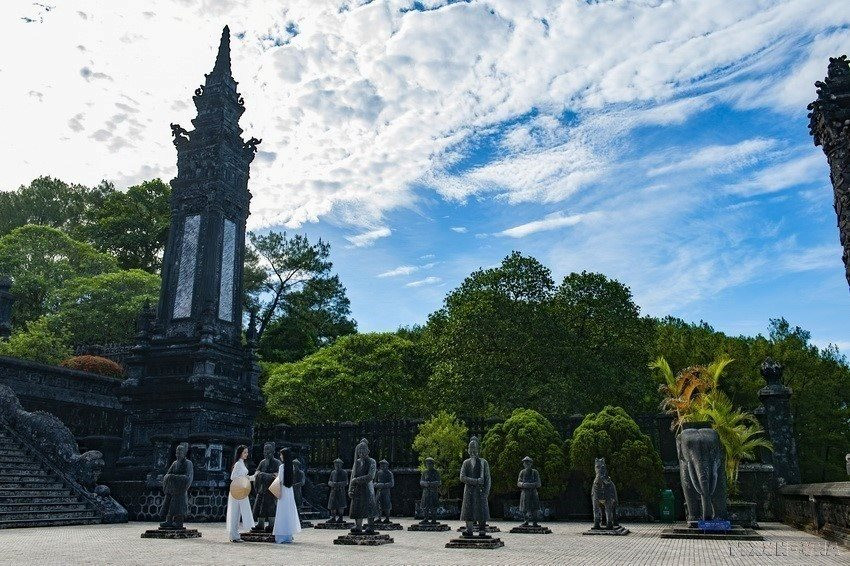
Khai Dinh Tomb, also known as Ung Lang, located on the slope of Chau Chu Mountain (also known as Chau E) outside Hue Citadel, is the tomb of King Khai Dinh, the 12th king of the Nguyen Dynasty. The tomb was built in 1920, right after Khai Dinh ascended the throne. (Photo: Minh Duc/VNA)
After nearly 30 years, since the Complex of Hue Monuments was recognized by UNESCO as a World Cultural Heritage, in the field of preserving tangible cultural values, nearly 200 works and construction items have been repaired, restored and embellished. At the same time, the government also relocated more than 1,800 households out of Area I of the relic protection.
From 2019 to present, Hue city has been implementing the Project "Relocation of residents, site clearance of area I of Hue Citadel relics" belonging to the Complex of Hue Monuments and thousands of households have been relocated to new residences, returning the site to the relics, creating a premise for the restoration and restoration of the appearance of Hue Citadel in the coming time.
Entering a new phase
With the joint support of the international community, the National Assembly, the Government, central ministries and branches and Thua Thien-Hue province have paid attention and issued policies to create resources for preserving and promoting the heritage value of the Hue Monuments Complex.
The Hue Monuments Conservation Center retains all entrance fees after deducting regular operating costs for restoration. The establishment of the Hue Monuments Conservation Fund is a solution to mobilize resources not only from the budget but also from organizations and individuals.
Thua Thien-Hue province is issuing a lottery to create resources for heritage conservation work.
In the coming time, the Hue Monuments Conservation Center will restore many important works in the Imperial Citadel area.
Director of the Hue Monuments Conservation Center Hoang Viet Trung pointed out that the most difficult thing in implementing current relic restoration projects is finding and researching historical documents to serve as a basis for comparison and restoration of relics.
In fact, some relics being researched for restoration will have "obscure points" in terms of documents and current status, so research on restoration and reconstruction will be difficult; the most important thing is to maintain objectivity after consulting many professional opinions from different sources.
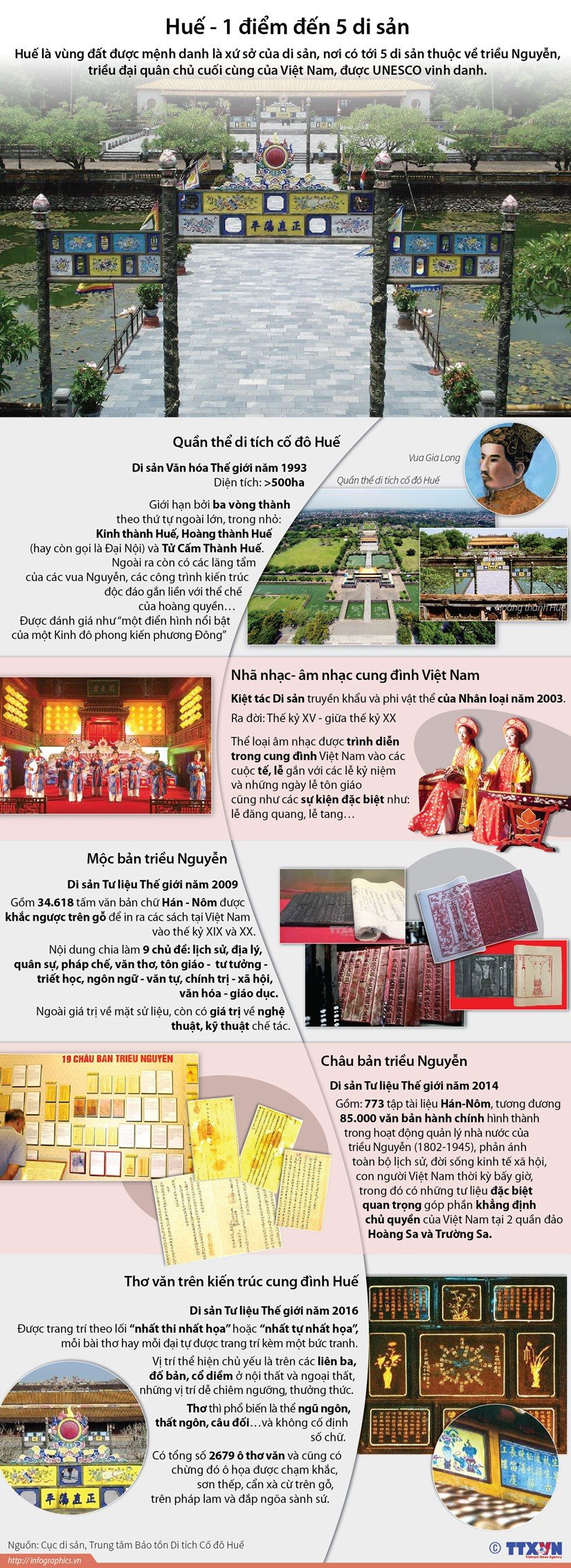
According to Mr. Hoang Viet Trung, each architectural work of Hue Royal Palace contains many interwoven heritage elements.
Currently, to build a dossier for a relic restoration project requires elaborate preparation.
First is the source of documents to determine which period the restoration will be in, for example, it took 10 years to build the construction records of Kien Trung Palace. The Hue Monuments Conservation Center has connected with the archives in France, domestic and foreign researchers but the results have not been as expected.
Currently, the Center is preparing a dossier to restore Can Chanh Palace, which only has the foundation left in the Forbidden City area, and proposing to restore the Dai Cung Mon structure.
However, the process of building relics requires meticulousness and must gather the opinions of many scientists and researchers, thus requiring a roadmap and plan, and at the same time ensuring space for visitors.
Along with that, the work of preserving and promoting the intangible cultural values of the Nguyen Dynasty royal court has received special attention, investment, and systematic and synchronous research from the Hue Monuments Conservation Center.
The unit has organized many valuable scientific research projects, creating the basis for restoring important art forms and rituals in the ancient royal court (such as: Giao Sacrifice Ceremony, Xa Tac Sacrifice Ceremony, Truyen Lo Ceremony - returning home to pay respect to ancestors, Martial Arts Doctorate Examination Festival) and festivals with royal court cultural colors (such as: Legend of Huong River, Royal Night, Journey to Open the Realm, World Peace...).
All are becoming attractive tourism products, highlights at Hue Festivals, contributing to spreading heritage values in contemporary life./.
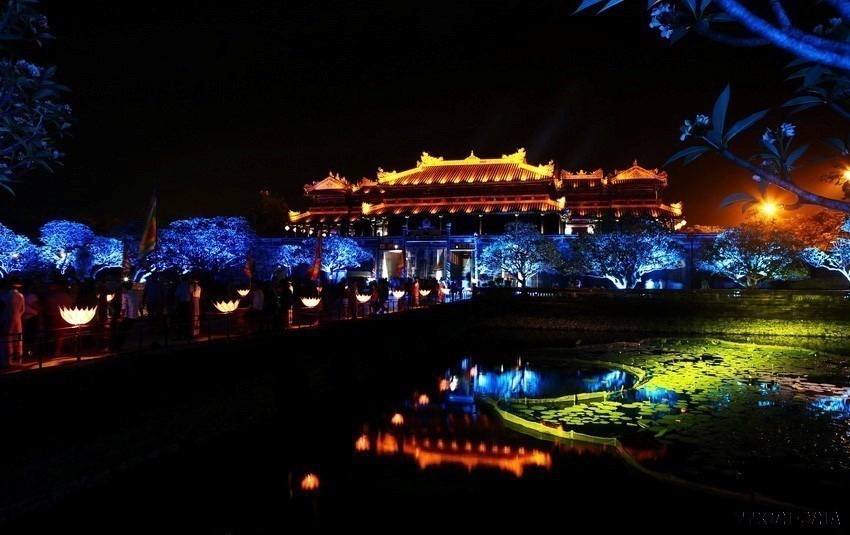
Source: http://mega.vietnamplus.vn/de-co-do-hue-tro-thanh-diem-den-hap-dan-5253.html




![[Photo] Prime Minister Pham Minh Chinh chairs a meeting of the Government Standing Committee to remove obstacles for projects.](https://vphoto.vietnam.vn/thumb/1200x675/vietnam/resource/IMAGE/2025/10/06/1759768638313_dsc-9023-jpg.webp)
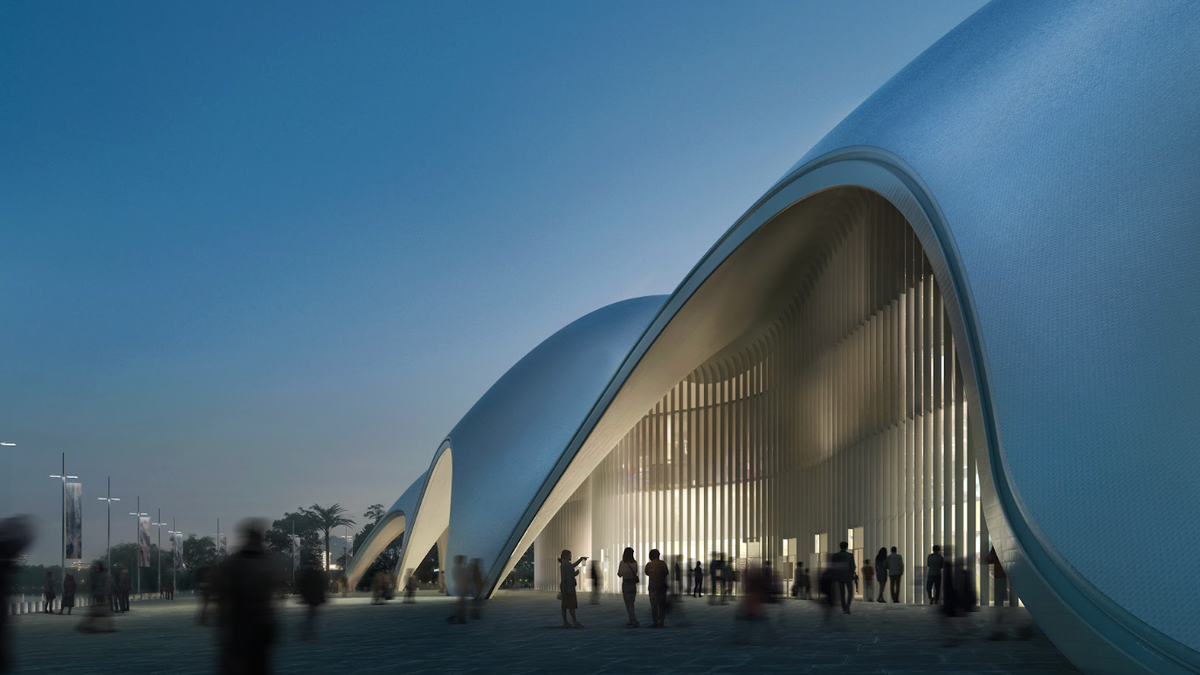
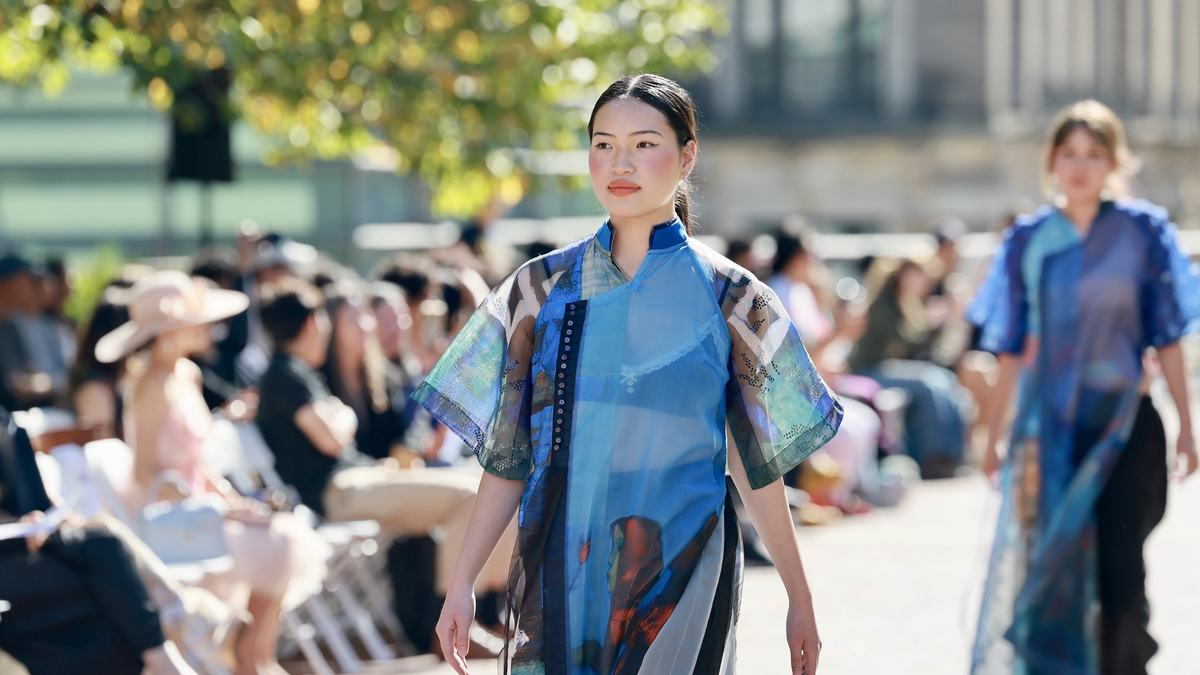
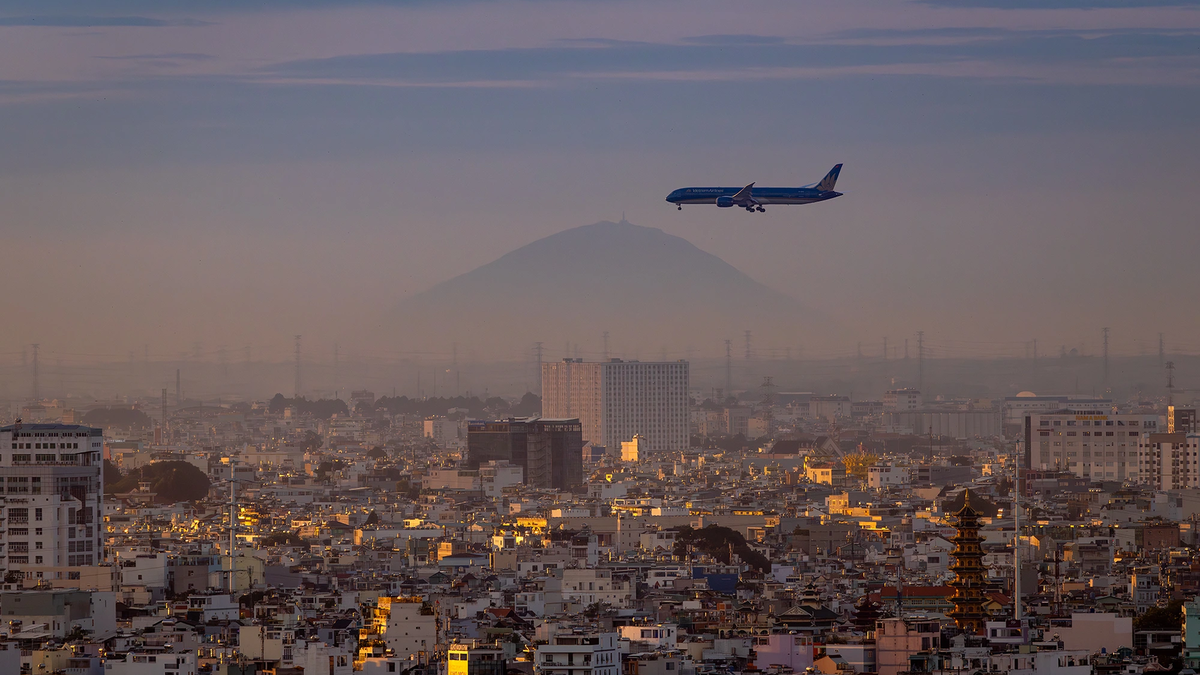
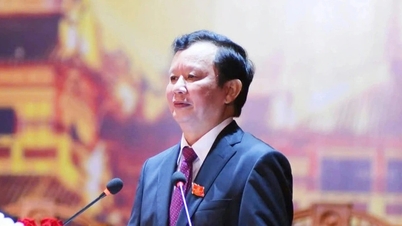





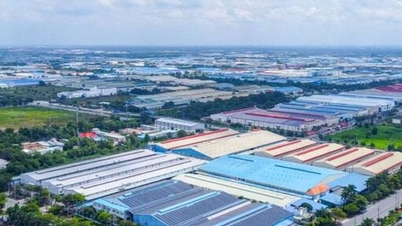



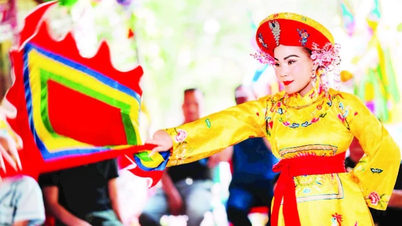

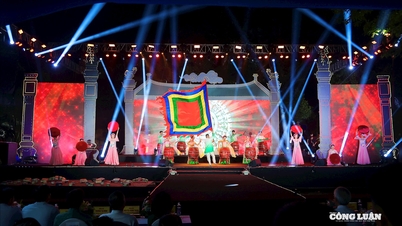

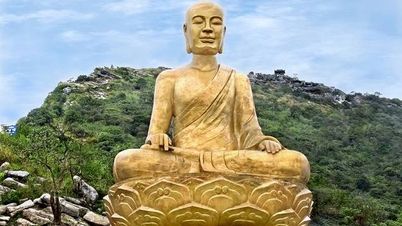

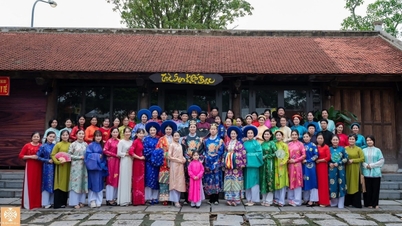

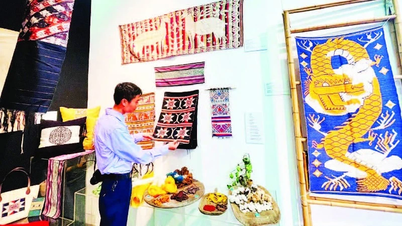
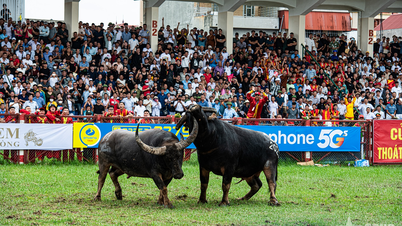

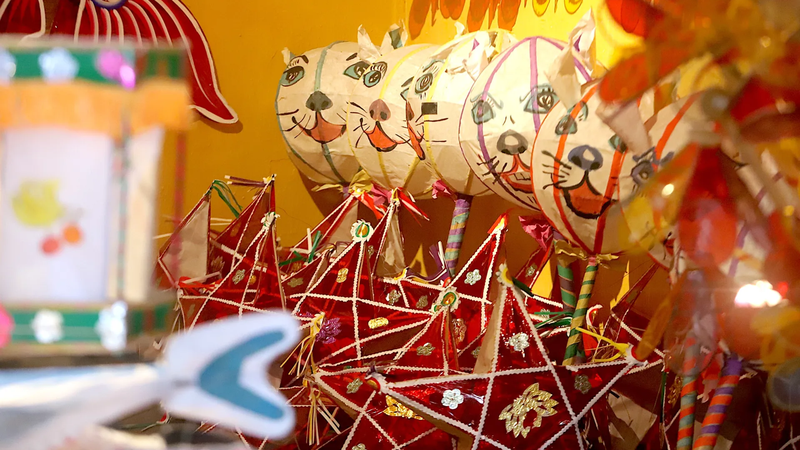
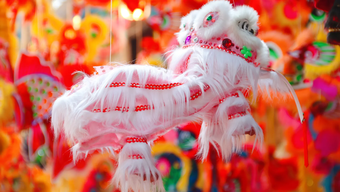



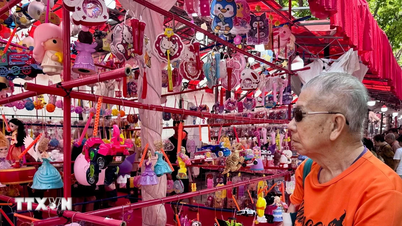
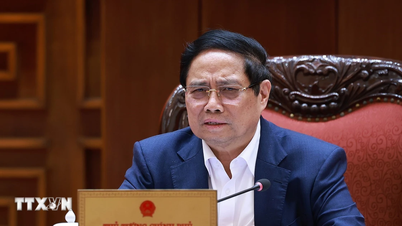
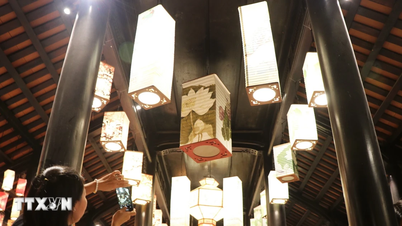


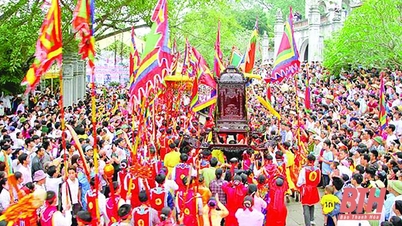

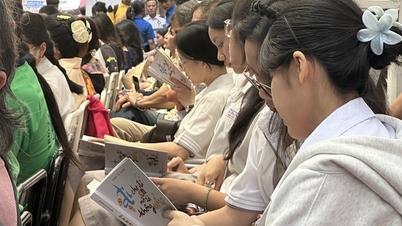

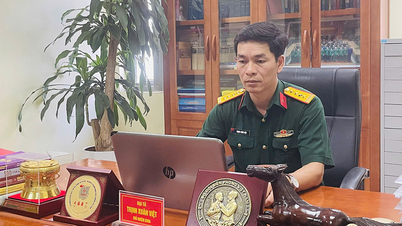
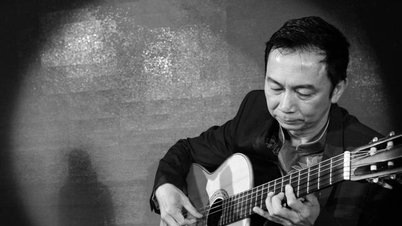




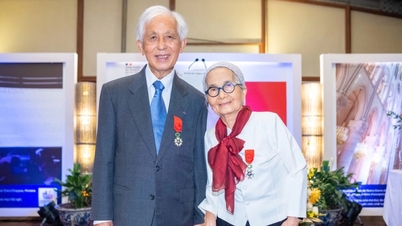





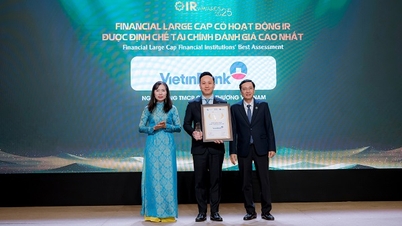



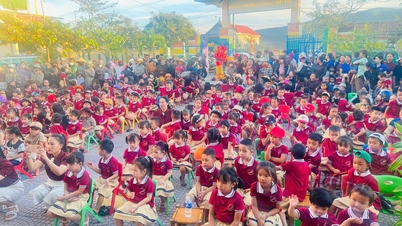






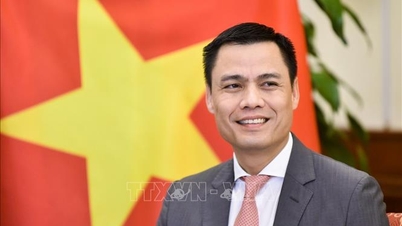

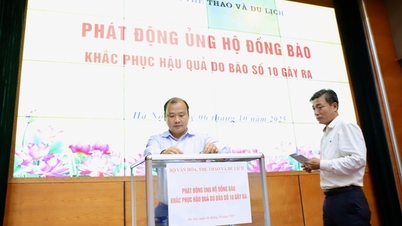

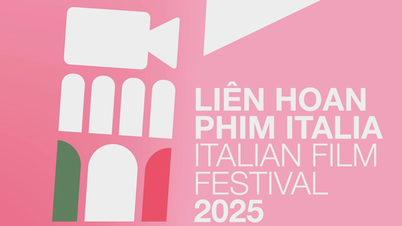

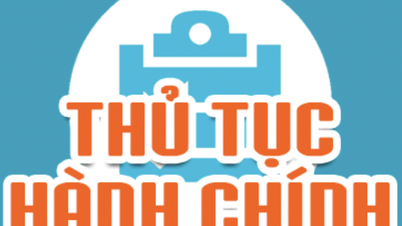
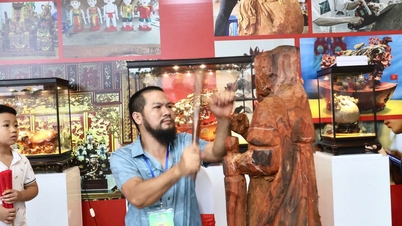

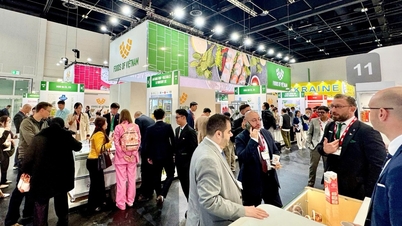








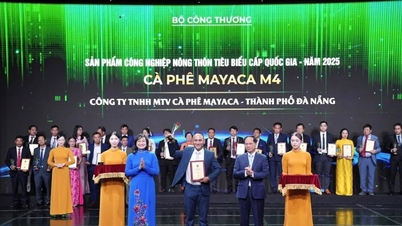

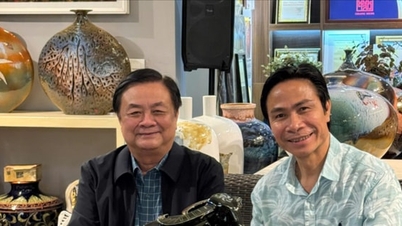

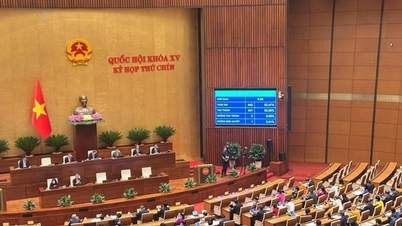









Comment (0)